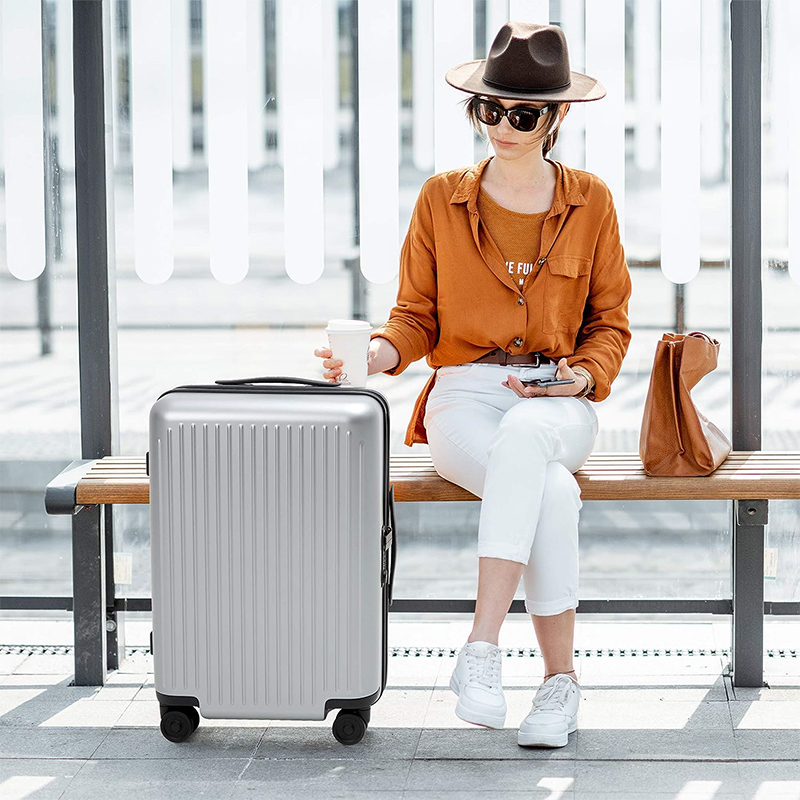Norway’s bags and luggage market is shaped by a unique combination of strong tourism inflows, high per-capita income, digitally advanced consumers, and sustainability expectations. While global brands dominate premium visibility, there is clear space for small and niche players, especially in eco-friendly, durable, and repairable products that resonate with Norwegian shoppers. Air traffic, guest nights, and e-commerce sales all point toward a steady upward demand curve for handbags, backpacks, and luggage between 2025 and 2030.
1) Market Demand Drivers
Tourism & Travel:
Statistics Norway recorded record-high July 2025 guest nights (~7.4M), with foreign tourists driving growth. Seasonal peaks (summer, ski season) translate into spikes in luggage and backpack sales.
Air Passenger Growth:
Avinor reported 25.3M passengers in H1 2025 (+4.1% YoY), with August reaching nearly 5M passengers. Several airports, including Bergen, already exceed 2019 levels, strengthening demand for carry-ons and travel accessories.
E-commerce Growth:
Norway’s e-commerce revenue reached US$7.2B in 2024 and is expected to grow steadily at low single digits in 2025. This provides fertile ground for D2C luggage and handbag brands.
Purchasing Power:
With GDP per capita around US$87,000, Norway remains one of the wealthiest consumer markets worldwide. Shoppers expect quality, functionality, and eco-credentials—but will pay for value-added durability.
2) Category Breakdown
Handbags (Women’s):
Preference for minimalist design, durable materials, and eco-friendly production. Luxury remains strong, but consumers increasingly favor mid-priced brands that offer sustainability without excessive markups.
Backpacks:
Outdoor culture fuels demand for technical daypacks (water-resistant, lightweight, repairable hardware). Urban commuters prefer sleek multi-compartment bags that fit laptops. Eco-certification matters, but consumers want visible functionality and fair prices.
Suitcases & Luggage:
Hard-shell PC/PP sets (20” carry-on + 24/25” medium) dominate the mainstream.
Cabin-sized & under-seat luggage are boosted by low-cost carriers and weekend travel.
Aluminum-frame and premium branded models appeal to wealthy urban and tourist buyers.
3) Pricing Segments
Online Bestsellers: Single cases €70–130, two-piece sets €120–200.
Mid-range Retail: €150–300, focused on stronger aesthetics and warranties.
Premium: €500+, usually aluminum-frame or designer collaborations.
Small brands can compete effectively in the €120–200 D2C set range and in functional, sustainable backpacks below €200.
4) Regulations & Sustainability
GPSR (General Product Safety Regulation): Applies across the EEA (including Norway) from Dec 2024. Requires clear labeling, EU/EEA-based economic operator, and traceability documentation.
PFAS Restrictions: EU’s proposal (updated Aug 2025) targets fluorinated coatings. Transition to PFC-free water-repellent finishes is critical.
Consumer Expectations: Norwegian buyers increasingly demand rPET linings, recycled shells, and repairable suitcase parts. Sustainability is no longer a “bonus”—it’s an entry ticket.
5) Market Forecast 2026–2030
Growth: CAGR of 5–7%, aligned with EU luggage growth, supported by tourism, air traffic, and high spending power.
Trends:
Lightweight + repairable hard-shell luggage.
Eco-friendly backpacks and handbags (rPET, vegan leather).
Under-seat cabin bags aligned with low-cost carrier policies.
Smart features (USB ports, GPS) in premium segments.
6) Small & Niche Brands: Market Opportunities
Yes—there is real room for small brands in Norway. Consumers are open to alternatives beyond global names if they deliver quality, sustainability, and transparency.
Opportunity Areas:
Value two-piece PC/PP sets with eco features (replaceable wheels, PFC-free coating).
Minimalist commuter backpacks with rPET lining.
Limited-edition women’s handbags highlighting Scandinavian-inspired design and natural/vegan materials.
Go-to-Market Tips:
Use Amazon.no, Zalando, and D2C Shopify stores for entry.
Market in both English and Norwegian with keywords: lett (lightweight), slitesterk (durable), miljøvennlig (eco-friendly), reparerbar (repairable), PFC-fri (PFC-free).
Offer 3–5 year warranties with spare parts—repair culture is strong in Scandinavia.
Conclusion
Norway’s luggage, handbag, and backpack market is on a steady growth trajectory through 2030, driven by record tourism, rising air passenger traffic, and wealthy consumers. While global brands dominate luxury, small and niche players can thrive by focusing on eco-friendly materials, durability, minimalist aesthetics, and transparent compliance. The opportunity is clear: with the right story and specs, small brands can capture meaningful market share in Norway.
Post time: Sep-30-2025
